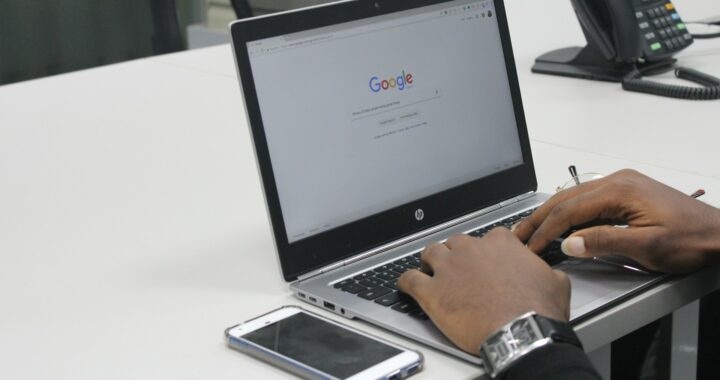What exactly is DEIB?

What does DEIB stand for? This acronym has been popping up more and more in conversations and articles, but what does it mean? DEIB is the acronym for Diversity, Equity, Inclusion, and Belonging. This term is used to describe the work that organizations do to foster a more diverse, equitable, inclusive, and welcoming environment within their organizations for their workers.
Popular topic
DEIB has become a popular topic in recent years as organizations have become more aware of the importance of diversity and inclusion. A growing body of research has shown that diverse teams are more innovative and perform better than homogeneous teams. This means that teams who have members with different backgrounds culturally, or social-economically will perform better than teams whose members have the same backgrounds. The difference in upbringing/background allows people to see the world and problems differently. This helps with problem-solving or foreseeing problems.
Attractive
Additionally, companies with strong DEIB programs are seen as more attractive to job seekers and tend to retain employees longer. People nowadays want to be part of a company that is progressive when it comes to how to deal with employees.
More inclusive environment
Despite the benefits of DEIB, many organizations still struggle with creating an inclusive environment. This can be due to a number of factors, such as a lack of understanding of what DEIB entails or resistance from employees who don’t see the need for change. However, there are a number of steps that organizations can take to foster a more inclusive environment, such as:
– Educating employees on the importance of DEIB
– Conducting regular DEIB training
– Encouraging employees to participate in DEIB initiatives
– Creating and enforcing policies that promote DEIB
Organizations that make a commitment to DEIB can create a more positive work environment for all employees and reap the benefits of having a more diverse and inclusive workforce.
What is your organization doing to foster a more inclusive environment? Let us know in the comments!
Tip: Texmetrics

 What is the vFFR Workflow?
What is the vFFR Workflow?  https://www.trustdeals.co.uk
https://www.trustdeals.co.uk  Why Buy Used Generator Sets?
Why Buy Used Generator Sets?  2 person outdoor chaise lounge
2 person outdoor chaise lounge  Palletization Robots
Palletization Robots  More information? Go to website!
More information? Go to website!  Is a Smart Door Lock Worth It?
Is a Smart Door Lock Worth It?  The importance of online reviews and their influence on local SEO
The importance of online reviews and their influence on local SEO  Key or smart door lock: Which should you choose?
Key or smart door lock: Which should you choose?  Is NMN Powder the ultimate solution for cellular health?
Is NMN Powder the ultimate solution for cellular health?